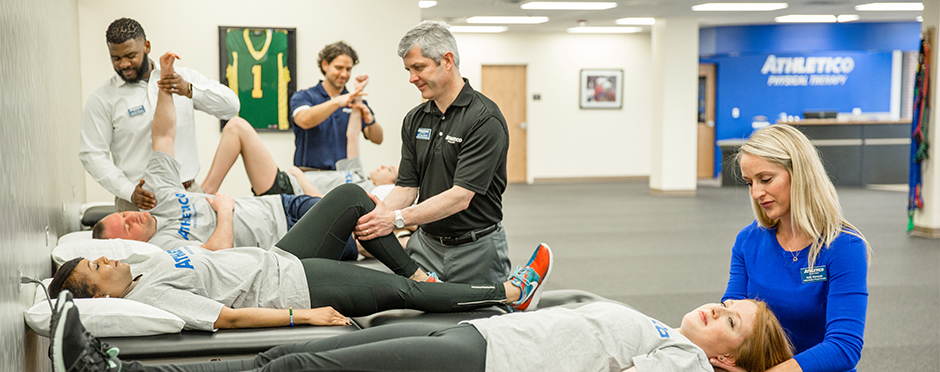
Big List of Conditions Physical Therapy Treats
1 CommentMany people are unaware of the variety of conditions physical therapy can treat.
In addition to common ailments like lower back pain, physical therapy can be an effective treatment option for conditions like vertigo and headaches. Discover what other conditions can benefit from physical therapy by checking out the big list featured below:
ACL Injuries
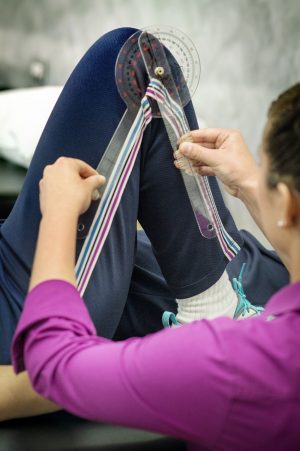 ACL tears sideline more than 200,000 athletes each year according to data from the American Academy of Orthopaedic Surgeons. To help prevent this injury, Athletico Physical Therapy offers the 3P Program, which helps patients strengthen muscles surrounding the knee, core, hip and lower leg. For those who have already undergone ACL surgery, physical therapy can help with the rehabilitation process.
ACL tears sideline more than 200,000 athletes each year according to data from the American Academy of Orthopaedic Surgeons. To help prevent this injury, Athletico Physical Therapy offers the 3P Program, which helps patients strengthen muscles surrounding the knee, core, hip and lower leg. For those who have already undergone ACL surgery, physical therapy can help with the rehabilitation process.
Arthritis
Arthritis refers to the degradation of a joint surface causing inflammation within the joint. Therapeutic interventions can be helpful in reducing pain associated with arthritis, and physical therapy can also help to improve overall function.
Back Pain
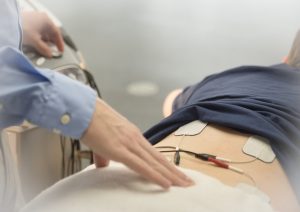 Most people will experience back pain in their life and physical therapy can prove to be an effective treatment option. Upon meeting with a physical therapist for back pain, the first step is an evaluation followed by an individualized plan to address the patient’s specific needs.
Most people will experience back pain in their life and physical therapy can prove to be an effective treatment option. Upon meeting with a physical therapist for back pain, the first step is an evaluation followed by an individualized plan to address the patient’s specific needs.
Concussion
Concussions have increasingly been in the news the last few years, but many people don’t know that physical therapy can help with a variety of long term concussion symptoms, like dizziness, balance problems and headaches. In fact, Athletico Physical Therapy offers a Head Injury and Concussion Management program that assists individuals who have had a concussion or participate in an activity where there is potential for a concussion.
Headaches
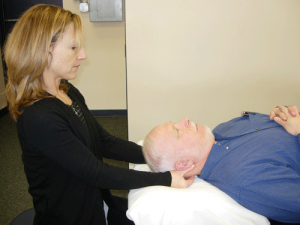 Physical therapy can help alleviate headaches that are a result of musculoskeletal issues, including muscle tension and tightness, disc pathology, lack of neck motion, poor posture or tightness in the back between the shoulder blades. Based on each patient’s individual needs, treatment options range from the use of heat or ice to posture education.
Physical therapy can help alleviate headaches that are a result of musculoskeletal issues, including muscle tension and tightness, disc pathology, lack of neck motion, poor posture or tightness in the back between the shoulder blades. Based on each patient’s individual needs, treatment options range from the use of heat or ice to posture education.
Jaw Pain (TMJ/TMD)
The joint used to move the jaw, called the Temporomandibular Joint (TMJ), is one of the most frequently used joints in the body. Acute or chronic inflammation of the TMJ is referred to as Temporomandibular joint disorder (TMD/TMJ Syndrome). Physical therapy options for this ailment include manual therapy, anti-inflammatory modalities, posture correction, therapeutic exercises, and modifications to physical activity and diet.
Plantar Fasciitis
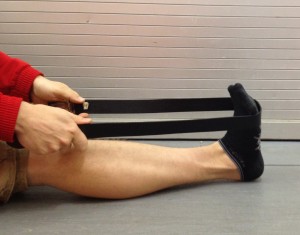 Plantar fasciitis refers to inflammation of the plantar fascia, which is the connective tissue that runs along the bottom of your foot. Treatment options vary and can range from simple calf stretches to conducting a walking analysis.
Plantar fasciitis refers to inflammation of the plantar fascia, which is the connective tissue that runs along the bottom of your foot. Treatment options vary and can range from simple calf stretches to conducting a walking analysis.
Sciatica
Sciatica, which is a low back problem that causes pain down the leg, is another condition that can be treated by physical therapy. Treatment can include anything from muscle energy techniques to core strengthening exercises.
Urinary Incontinence
If you are experiencing bladder leaking or the urge to make frequent restroom trips, you may suffer from urinary incontinence. Physical therapy can help by increasing the strength, stability and endurance of the core, transverse abdominals, hip muscles and pelvic floor.
Vertigo
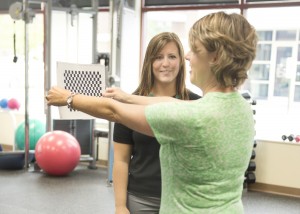 Vertigo, which causes a spinning sensation or feelings of dizziness, can often times be treated with physical therapy. Treatment options include canal repositioning maneuvers, exercises to improve balance, manual treatment of the cervical spine and more.
Vertigo, which causes a spinning sensation or feelings of dizziness, can often times be treated with physical therapy. Treatment options include canal repositioning maneuvers, exercises to improve balance, manual treatment of the cervical spine and more.
Whiplash
Whiplash describes an injury to the neck area that usually involves a rapid movement into extension and flexion. Often times this type of injury is associated with car accidents, but it can also occur as a result of participation within high-velocity, contact sports like football. Those who visit a physical therapist for their whiplash symptoms will typically go through a spine movement assessment. Based on the findings, a specific exercise program will be put in place along with other treatment options, including massage, manual stretches and range of motion exercises.
That’s Not All…
This is just the tip of the iceberg when it comes to conditions physical therapy can treat. If you think physical therapy may benefit you, please contact one of our clinics for a free assessment.
Click to Schedule a Free Assessment
The Athletico blog is an educational resource written by Athletico employees. Athletico bloggers are licensed professionals who abide by the code of ethics outlined by their respective professional associations. The content published in blog posts represents the opinion of the individual author based on their expertise and experience. The content provided in this blog is for informational purposes only, does not constitute medical advice and should not be relied on for making personal health decisions.


1 Comment
Eva Henkel
Do you need a doctor’s Rx. to have physical therapy? If not do you submit charges to Medicare and supplemental insurance?